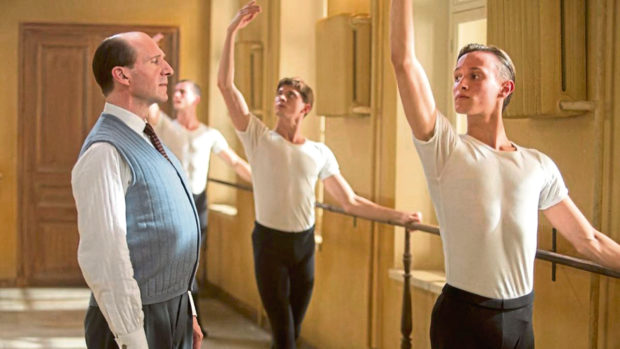
Rudolf Nureyev’s defection caused a global sensation in 1961.
The world’s greatest ballet dancer was seen to have broken the rules about mingling with foreigners and allegedly frequented gay bars in Paris.
This alarmed both the Mariinsky Ballet’s management and the KGB agents observing him, and the latter decided to send him back to the Soviet Union.
On June 16, 1961 the Mariinsky group had gathered at Le Bourget Airport in Paris to fly to London.
However, the ballet’s artistic director took Nureyev aside and told him that he would have to return to Moscow for a special performance in the Kremlin.
Nureyev became suspicious and refused, only to then be told that his mother had fallen severely ill and he needed to come home immediately to see her.
Nureyev refused again, believing – more than likely correctly – that on return to the USSR he was likely to be imprisoned.
With the help of French police and a Parisian socialite friend – Clara Saint, who had been engaged to the son of the French Minister of Culture Andre Malraux – Nureyev got away from his KGB minders and demanded asylum.
Now, actor Ralph Fiennes has returned to the director’s chair for the third time to make a film about Nureyev’s defection.
But surprisingly the man who plays Mallory/M in the most recent Bond movies admits: “I have to say that I had no interest in ballet as such.
“But a biography I read introduced me to the force and the spirit of this young artist from this poor background, who had a deep inner conviction of his destiny as an artist and a dancer.
“I had no conscious desire to direct – and I certainly did not think that I would be playing Nureyev! – all I knew was that this journey of childhood, student years and defection was an extraordinary story.
“It was clear to me that if it were ever a film, it would be about the defection, that choice he had to make at Paris’ Le Bourget Airport. Beyond that, I had no interest in depicting his life as a film.”
The White Crow stars Oleg Ivenko – a dancer, rather than an actor – in the role of Nureyev.
Fiennes explains: “I was pretty convinced that the actor should be a dancer who could act, and you don’t know who they are unless you look for them.
“We found Oleg, a Ukrainian who dances at the Kazan Theatre in Russia, where he is a leading ballet dancer.
“We auditioned many, many dancers and I was fairly convinced that it should be an unknown face – I didn’t want it to be a face that the audience knew, and that made it challenging because distributors want movie stars.”
The film is in Russian and English, and Fiennes says: “I wanted it to be authentic in terms of the language, so I wanted Russian spoken where it would have been spoken.
“Mercifully, we know that Nureyev had English lessons and in Paris he spoke English with his French friends!
“This helped us a little bit with our commercial appeal but I stuck to my guns on the language, which made it difficult commercially, as the film is over 50% in Russian.”
The White Crow (12A) is in cinemas from Friday March 22.

Enjoy the convenience of having The Sunday Post delivered as a digital ePaper straight to your smartphone, tablet or computer.
Subscribe for only £5.49 a month and enjoy all the benefits of the printed paper as a digital replica.
Subscribe